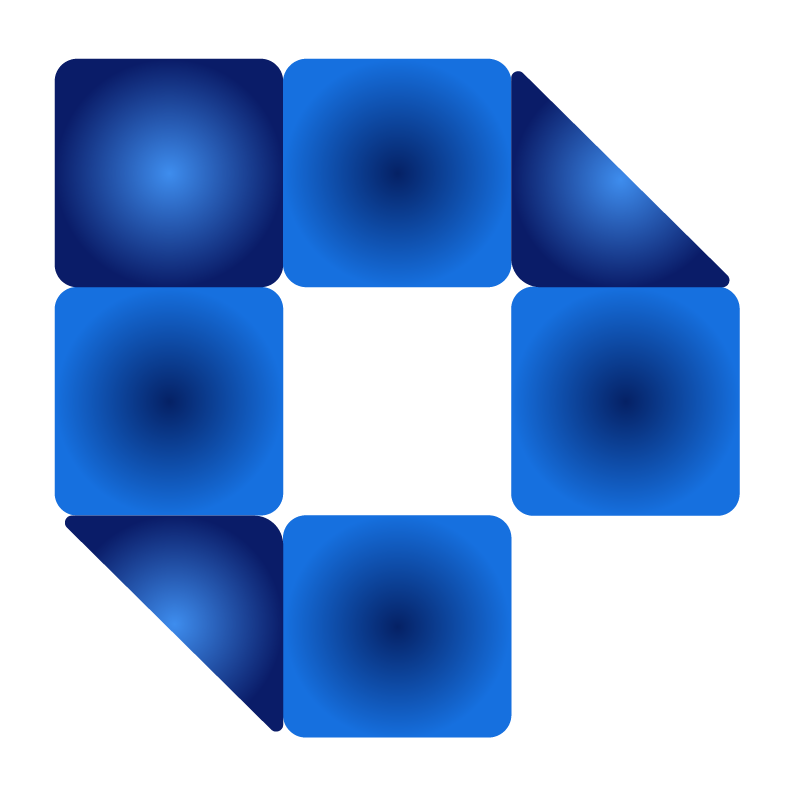Exploring the Dynamic World of Programming Languages
In the intricate tapestry of modern technology, programming languages serve as the threads that weave together the fabric of our digital landscape. From the foundational pillars to the avant-garde innovations, programming languages play a pivotal role in shaping our digital world. In this blog post, we embark on a journey to unravel the diverse ecosystem of programming languages, exploring their nuances, applications, and impact on the ever-evolving realm of software development.
1. The Language Spectrum:
Programming languages come in various flavors, each designed with unique syntax, semantics, and purposes. At one end of the spectrum, we have the venerable languages like C and C++, renowned for their efficiency and system-level programming capabilities. These languages form the bedrock of operating systems, embedded systems, and performance-critical applications.
2. The Rise of High-Level Languages:
As technology advanced and the need for productivity surged, high-level programming languages emerged, offering abstraction and ease of use. Languages like Python, Java, and JavaScript became the stalwarts of modern software development, empowering developers to build robust applications with rapid iteration cycles.
3. Specialized Languages for Specialized Tasks:
Beyond the mainstream languages, a myriad of specialized languages cater to niche domains and specialized tasks. For numerical computing, scientists and engineers often turn to MATLAB or Julia. For data manipulation and analysis, R and SQL reign supreme. Domain-specific languages (DSLs) like HTML and CSS enable web development, while others like VHDL facilitate hardware description and verification.
4. The Paradigm Paradigm:
Programming languages are often categorized based on their programming paradigms, such as procedural, object-oriented, functional, and declarative. Each paradigm embodies a distinct approach to problem-solving and software design, influencing the way developers conceptualize and implement solutions.
5. The Polyglot Programmer:
In today’s landscape, the polyglot programmer, adept in multiple programming languages, holds a distinct advantage. By leveraging the strengths of different languages, developers can craft elegant solutions tailored to the unique requirements of each project. The ability to seamlessly switch between languages also fosters creativity and adaptability in tackling complex challenges.
6. The Language of the Future:
Predicting the future trajectory of programming languages is akin to peering into a crystal ball. However, trends such as the rise of domain-specific languages, the proliferation of languages targeting parallel and distributed computing, and the integration of AI and machine learning capabilities into programming frameworks offer tantalizing glimpses into the future of software development.
Conclusion:
In the ever-expanding universe of programming languages, diversity thrives as the driving force of innovation. Each language, with its own syntax and semantics, contributes to the rich tapestry of software development, offering developers a palette of tools to bring their creative visions to life. As we continue to push the boundaries of technology, let us embrace the dynamic evolution of programming languages, recognizing their pivotal role in shaping the digital world of tomorrow.
Whether you’re a seasoned developer or an aspiring coder, the journey of exploring programming languages is a never-ending odyssey, filled with discovery, experimentation, and endless possibilities. So, pick up your favorite language, embark on your coding adventure, and become part of the vibrant community shaping the future of technology, one line of code at a time.


